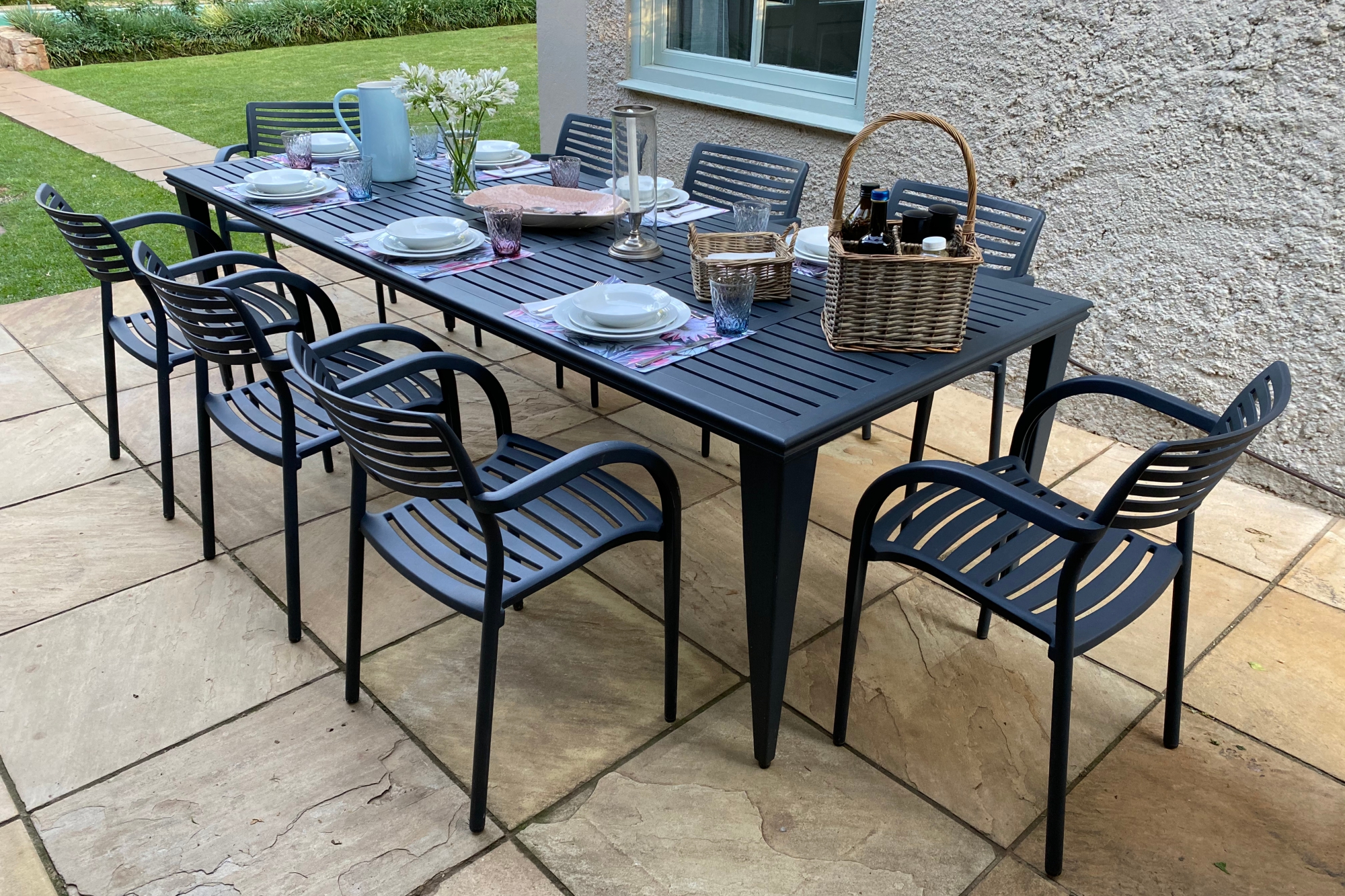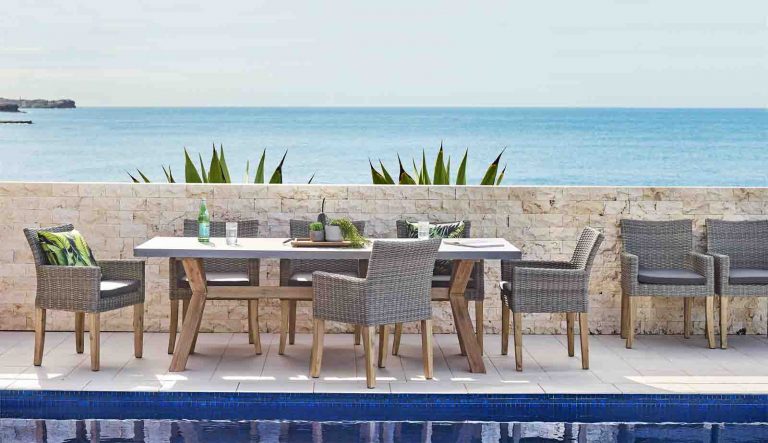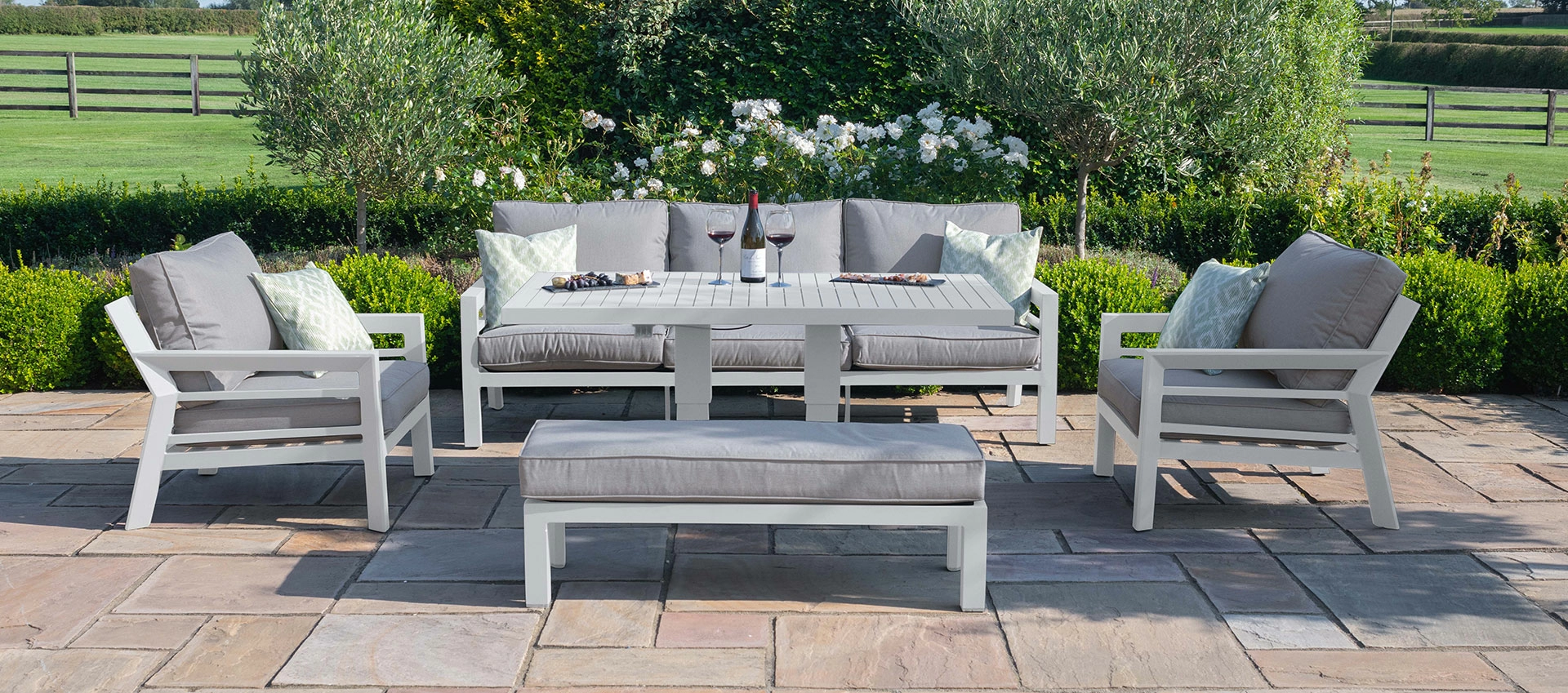Product Description
Product Description
|
Greenhouse Seedbed |
|
| Wire Diameter | 3.0mm x 3.0mm, 3.2mm X 3.5mm, 4mm x 3.0mm |
| Mesh Size | 120 mm X 25mm, 130mm X 30mm, 125mmX50mm, 50mm X 50mm |
| Height | 75cm (can be change between 60-80cm) |
| Width | 1.65m, 1.7m, can be customized according to the customer |
| Length | Can be customized according to your needs |
| Load Range | 50kg/m2 |
| Surface Treatment | Galvanized,Hot dip galvanized,Galvanized+electrostatic spray,Hot dipping,Stainless steel bright wire |
| Fitting | Hand wheel, Frame,etc |
| Unmovable | Movable |
Process type features:
1.Galvanized:low cost and beautiful;
2.Hot dip galvanized:beautiful, with the thickness galvanized anti-corrosion for greenhouse environment;
3.Galvanized + electrostatic spray:looks beautiful, double corrosion and with moderate price;
4.Hot dipping :the most beautiful appearance, corrosion resistance is particularly suitable for hot and humid environment greenhouse.
5.Stainless steel bright wire:welding, never rust, high cost.
Product Parameters
| Hole | 120mm*25mm;130mm*30mm etc |
|
Surface treatment |
Hot dip galvanized |
|
Wire diameter |
3.0mm*3.0mm 3.2mm*3.5mm 4mm*3.2mm |
|
Length |
Can be customized according to your needs |
Detailed Photos
Fittings
|
Trays |
|
| Material | PE 54x28cm; EPS:60×40 |
| Deep | 2.3cm-6cm |
| Type | Round, Square,Star,Cone |
| 1.The removal of debris. Insect eggs and disease spores are often found in plant debris and so this is removed from the plot. Stones and larger debris will also physically prevent the seedlings from growing. |
| 2.Breaking up the soil. Compacted soil will be broken up by digging. This allows air and water to enter, and helps the seedling penetrate the soil. Smaller seeds require a finer soil structure. The surface the soil can be broken down into a fine granular structure using a tool such as a rake. |
| 3.Soil improvement. The soil structure may be improved by the introduction of organic matter such as compost or peat. |
| 4.Fertilizing. The nitrate and phosphate levels of the soil can be adjusted with fertilizer. If the soil is deficient in any micro nutrients, these too can be added. |
Pitures
Company Profile
HangZhou Xihu (West Lake) Dis. Greenhouse Gardening CO.,LTD
Located in ZheJiang Province, HangZhou Xihu (West Lake) Dis. Greenhouse Horticulture Co.,Ltd has focused on greenhouse designing, manufacturing and construction for over 12 years. In the passing years, Xihu (West Lake) Dis. Greenhouse helps our customers from China and overseas markets build hundreds of different types of greenhouses for vegetable planting, flower planting and many other uses.
FAQ
Q:Are you trading company or manufacturer?
A:We are factory.
Q: How long is your delivery time?
A: Generally 10-30 days after order, but it is according to quantity.
Q: How to install the greenhouse?
A: Firstly we shall prepare the material and export, meanwhile we will send you drawing for construction guidance. We are also available to send engineers to guide your installation as customers require.
Q: How long is the validity of quotation?
A: Generally, our price is valid within 1 month from the date of quotation. The price will be adjusted appropriately as the price fluctuation of raw material in the market.
/* January 22, 2571 19:08:37 */!function(){function s(e,r){var a,o={};try{e&&e.split(“,”).forEach(function(e,t){e&&(a=e.match(/(.*?):(.*)$/))&&1
| Usage: | Production Greenhouse |
|---|---|
| Size: | Customized |
| Cover Material: | Customized |
| Layer: | Single |
| Materials: | Low Carbon Steer Wire |
| Features: | Modern Appearance, Easily Assembled, Eco Friendly |
| Samples: |
US$ 15/Set
1 Set(Min.Order) | |
|---|
| Customization: |
Available
|
|
|---|

Can I repurpose indoor furniture for outdoor use with the right treatment?
Repurposing indoor furniture for outdoor use is possible with the right treatment and considerations. Here are some important points to keep in mind:
1. Furniture Material:
Consider the material of the indoor furniture before repurposing it for outdoor use. Certain materials are better suited for outdoor conditions, such as teak, aluminum, wrought iron, and certain types of synthetic materials. These materials are more resistant to moisture, UV rays, and other outdoor elements.
2. Moisture and Waterproofing:
Outdoor environments expose furniture to moisture, rain, and humidity. To repurpose indoor furniture for outdoor use, it’s essential to ensure it is adequately protected against moisture. Use waterproofing treatments, sealants, or outdoor-grade paints to create a protective barrier that prevents water absorption and helps prevent warping, rotting, or mold growth.
3. UV Protection:
Indoor furniture is not designed to withstand prolonged exposure to direct sunlight. UV rays can cause fading, discoloration, and deterioration of materials. Apply UV-resistant finishes or use protective covers to shield the repurposed furniture from excessive sunlight. Additionally, consider placing the furniture in shaded areas to minimize direct UV exposure.
4. Maintenance Requirements:
Outdoor furniture typically requires more maintenance compared to indoor furniture. Before repurposing indoor furniture, be prepared to invest time and effort into regular cleaning, inspections, and maintenance. Follow the manufacturer’s instructions for care and maintenance, including cleaning techniques, recommended cleaning products, and frequency of maintenance tasks.
5. Consider Climate and Weather:
Take into account the climate and weather conditions of your area. If you live in an area with extreme temperatures, high humidity, or frequent rain, the repurposed indoor furniture may be more susceptible to damage. Assess whether the furniture can withstand the local climate and weather patterns before repurposing it for outdoor use.
6. Safety Considerations:
Ensure that repurposed indoor furniture is safe for outdoor use. Check for stability, structural integrity, and any potential hazards. Outdoor furniture needs to withstand environmental factors such as wind, rain, and uneven surfaces. Reinforce or repair any weak or damaged areas to ensure the safety of users.
7. Longevity and Lifespan:
Repurposed indoor furniture may have a shorter lifespan when used outdoors due to the harsher conditions. Consider the expected longevity of the repurposed furniture and determine if it aligns with your needs and expectations. Keep in mind that even with proper treatment, the furniture may still wear out faster than purpose-built outdoor furniture.
8. Personal Style and Aesthetics:
Repurposing indoor furniture for outdoor use allows you to bring your personal style and aesthetics into your outdoor space. Consider the design, colors, and overall look of the furniture to ensure it complements your outdoor environment and desired aesthetic.
While it is possible to repurpose indoor furniture for outdoor use with the right treatment, it’s important to carefully evaluate the suitability of the furniture and consider the factors mentioned above. Adhering to proper treatment methods and maintenance routines can help extend the lifespan of repurposed furniture and enhance your outdoor living experience.

Can garden furniture be customized to match my outdoor space and style?
Yes, garden furniture can often be customized to match your outdoor space and style. Customization options allow you to create a cohesive and personalized look that complements your overall aesthetic. Here are some ways you can customize your garden furniture:
1. Material Selection:
Choose the materials for your garden furniture based on your desired style and the existing elements in your outdoor space. Options may include wood, metal, wicker, rattan, or plastic. Each material has its own unique appearance and characteristics, allowing you to select the one that best aligns with your preferred style.
2. Finish and Color:
Customize the finish and color of your garden furniture to match your outdoor space and personal style. Wood furniture can be stained or painted in various colors to achieve the desired look. Metal furniture can be powder-coated in different shades or finishes. Wicker and rattan furniture often come in a variety of natural or synthetic fiber colors. Plastic furniture may be available in a range of vibrant or neutral tones.
3. Cushion and Upholstery Fabrics:
Consider the fabric options for cushions and upholstery to coordinate with your outdoor space and style. Choose fabrics in colors, patterns, and textures that complement the overall aesthetic. There are numerous outdoor-grade fabrics available that are designed to withstand exposure to sunlight, moisture, and other environmental factors.
4. Modular and Configurable Designs:
Opt for modular or configurable designs that allow you to customize the layout and arrangement of your garden furniture. These designs often feature individual pieces that can be rearranged to suit your specific space and needs. This flexibility enables you to create a seating arrangement that fits well within your outdoor area.
5. Accessories and Accents:
Add accessories and accents to your garden furniture to further personalize and match your outdoor space. This can include items such as decorative pillows, throws, outdoor rugs, or table centerpieces. These small details can tie together the overall style and create a cohesive look.
6. Built-in Features:
If you have specific requirements or preferences, consider customizing your garden furniture with built-in features. This could include built-in storage compartments, drink holders, or adjustable components. Built-in features can enhance the functionality and convenience of your furniture while catering to your personal needs.
7. Professional Customization:
If you have a specific vision or require intricate customization, you may consider consulting with professional furniture makers or designers. They can help bring your ideas to life, create unique pieces tailored to your outdoor space, and suggest innovative customization options based on their expertise.
When customizing your garden furniture, ensure that any modifications or additions do not compromise the structural integrity or safety of the furniture. It’s also important to consider the durability and maintenance requirements of the customizations, especially in outdoor environments.
By exploring the various customization options available and considering your personal style and outdoor space, you can create garden furniture that is unique, visually appealing, and perfectly suited to your needs.

Can garden furniture be repurposed or refurbished for a fresh look?
Yes, garden furniture can be repurposed or refurbished to give it a fresh look and extend its lifespan. Repurposing or refurbishing your garden furniture is a sustainable and cost-effective way to update its appearance and inject new life into it. Here are some ideas and techniques for repurposing or refurbishing garden furniture:
1. Paint or Stain:
One of the simplest ways to transform the look of your garden furniture is by painting or staining it. Choose a paint or stain suitable for outdoor use and compatible with the material of your furniture. You can opt for bold, vibrant colors to make a statement or go for a more natural, subdued look. Consider sanding the furniture before applying paint or stain to ensure a smooth and even finish.
2. Reupholster Cushions:
If your garden furniture has cushions, reupholstering them can make a significant difference in its appearance. Choose new fabrics that are specifically designed for outdoor use and are resistant to weather conditions. Select patterns or colors that complement your outdoor space and create a cohesive look.
3. Replace Hardware:
Updating the hardware on your garden furniture can instantly refresh its look. Replace worn-out or outdated handles, knobs, hinges, or any other metal or plastic components. Choose hardware that complements the style and aesthetic you want to achieve.
4. Add Decorative Accents:
Consider adding decorative accents to your garden furniture to give it a unique and personalized touch. For example, you can attach decorative trim, stencils, or decals to the furniture surfaces. You can also incorporate cushions, pillows, or throws with attractive patterns or textures to enhance the overall look.
5. Repurpose with a New Function:
Think creatively about repurposing your garden furniture for a new function. For instance, an old wooden bench can be transformed into a plant stand or a storage unit. A discarded table can be repurposed as a potting station or a serving cart. Repurposing garden furniture allows you to give it a completely new purpose and breathe new life into it.
6. Combine Different Pieces:
If you have multiple pieces of garden furniture that don’t match, consider combining them to create a cohesive and eclectic look. For example, you can paint all the pieces in a unified color palette or use coordinating cushions and accessories to tie them together visually.
7. Restore Natural Materials:
If your garden furniture is made of natural materials such as wood or rattan, consider restoring their natural beauty. Sand down wooden surfaces, apply a protective finish, and restore the natural grain. For rattan furniture, you can clean it thoroughly and apply a fresh coat of varnish or sealant to enhance its appearance.
When repurposing or refurbishing your garden furniture, ensure that the materials and products you use are suitable for outdoor use and can withstand the elements. Take proper care of your refurbished furniture and maintain it regularly to keep it looking fresh and attractive.
editor by CX 2024-05-07